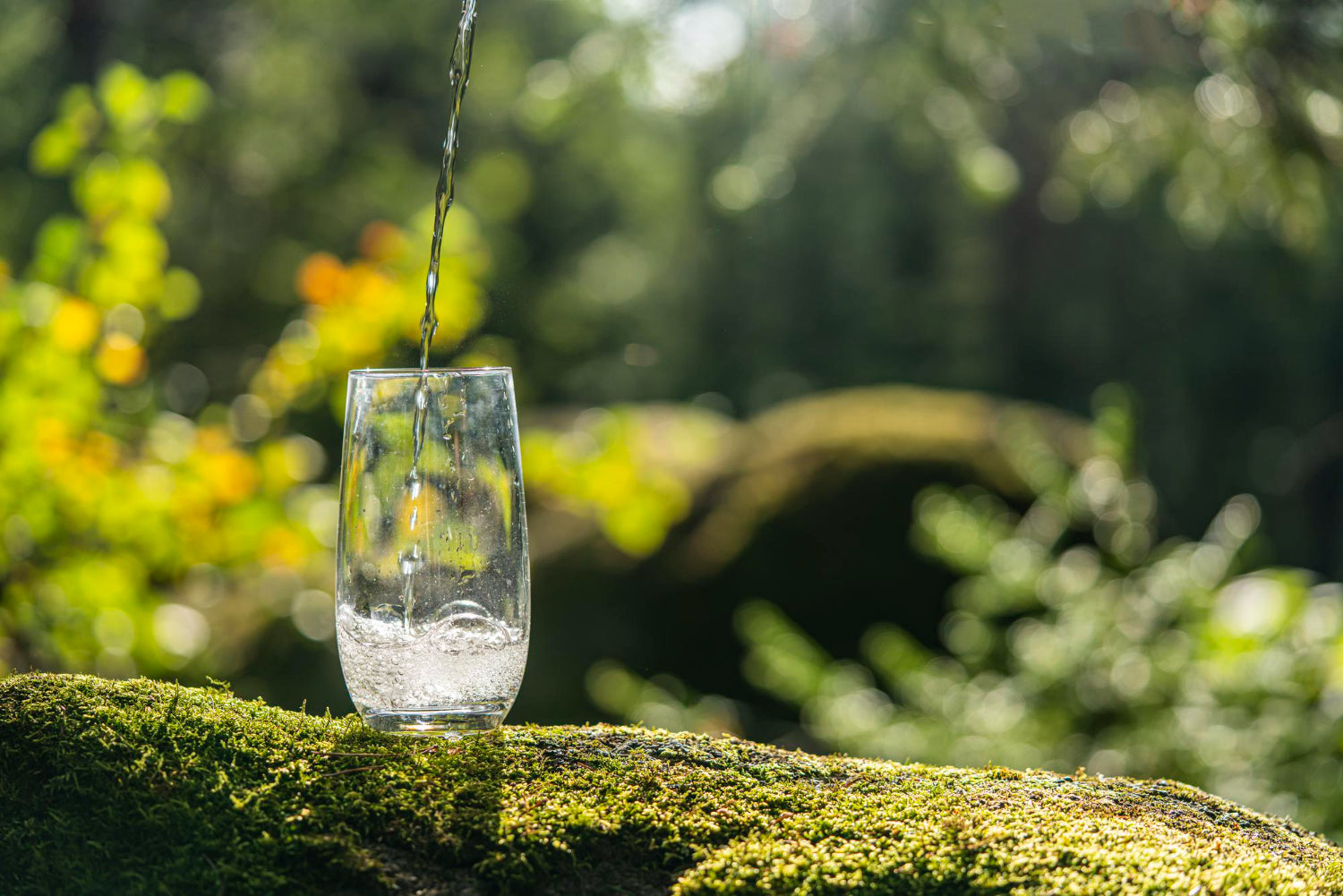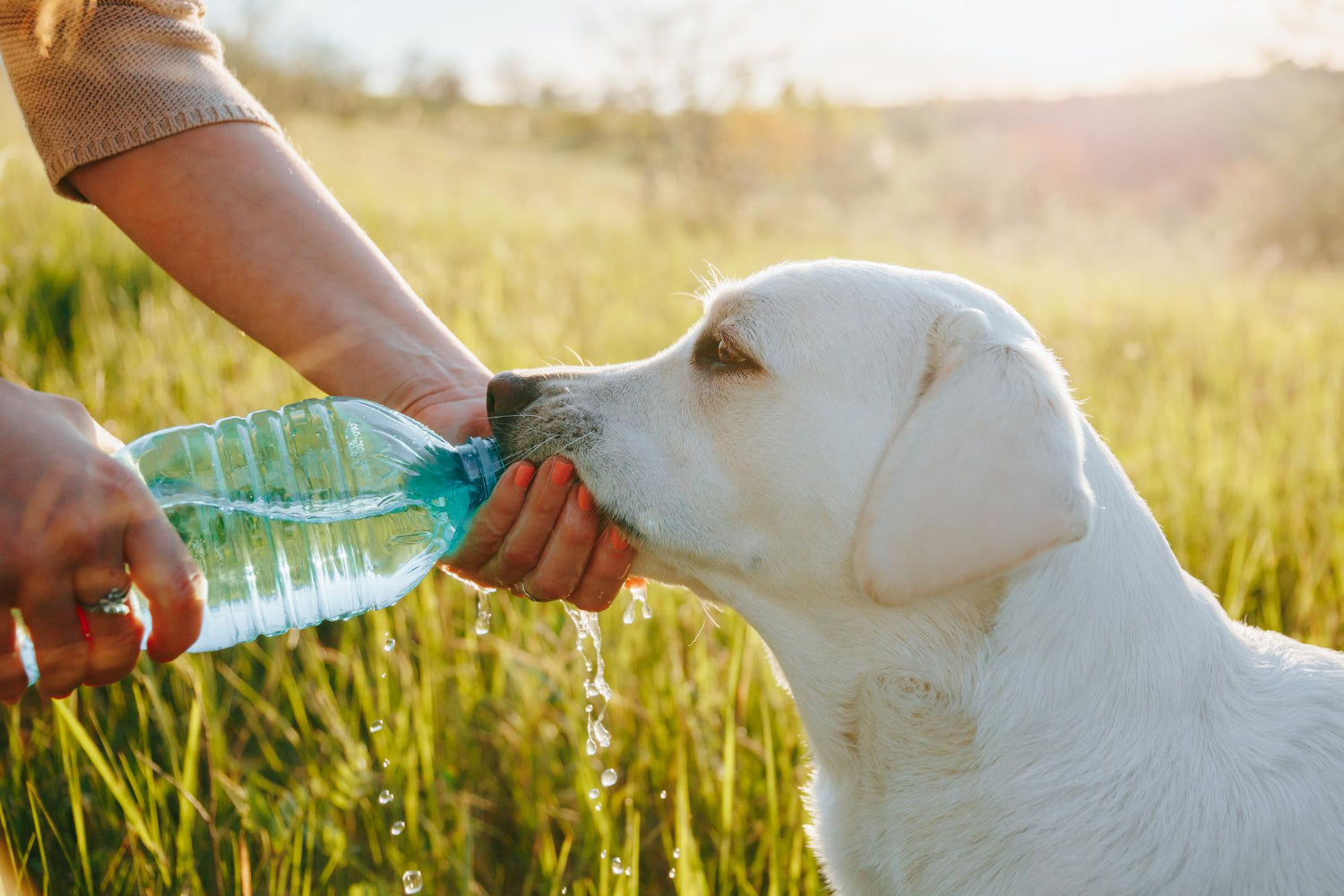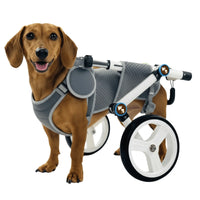
Tap vs Bottled Water for Dogs: What’s REALLY Safe for Your Pup?
Ever wondered if your dog should be drinking the same water that comes out of your faucet or if they’d be better off sipping bottled water like a pampered pooch? You’re not alone. Many dog parents are starting to question what’s truly safe and healthy for their pets when it comes to hydration.
In this guide, we’ll break down the pros and cons of tap, bottled, and spring water, explore what pet-safe plastics mean, and help you decide what’s best for your pup’s water bowl.
🚰 Is Tap Water Safe for Dogs?
Pros:
- Easy and affordable: Straight from the sink, no extra cost.
- Generally safe: U.S. tap water is regulated by the EPA and is safe for most dogs.
Cons:
- Inconsistent quality: Depending on where you live, tap water can contain chlorine, fluoride, heavy metals, or even lead.
- Sensitive dogs may react: Dogs with allergies or weaker immune systems might be more affected by certain contaminants.
👉 Tip: If you stick with tap water, consider using a filtered water pitcher or faucet attachment to remove impurities.
🥤 Benefits of Bottled Water for Dogs
Why dog parents choose bottled:
- Fewer contaminants: Most bottled water is filtered and purified.
- Consistent taste and composition: Helpful if your dog is picky or has a sensitive stomach.
- Travel-friendly: Convenient for hikes, trips, and emergencies.
Watch out for:
- Bottled water in plastic containers left in hot cars can leach chemicals.
- Some brands use PET plastic, which may not be ideal long-term.
🔗 Dog road trip tip: Stay hydrated on the go with our Portable Dog Water Bottle, perfect for storing water and food on the go.
🌿 What About Spring Water?

Spring water is often bottled at natural sources, but is “natural” always better?
Pros:
- Natural mineral content: Can include calcium, magnesium, and potassium.
- No chemical additives: Often less processed than tap or purified bottled water.
Cons:
- Not always tested: Some bottled spring waters aren't as rigorously filtered.
- Higher cost: Pricey if you’re using it daily for a large breed.
💡 Choose spring water from brands that publish third-party testing results.
📊 Water Comparison Table
| Type | Benefits | Risks | Best For |
|---|---|---|---|
| Tap Water | Affordable, accessible | May contain chlorine, lead, or fluoride | Daily use of filtered |
| Bottled | Filtered, portable, consistent quality | Plastic leaching, pricey | Travel, emergencies |
| Spring | Mineral-rich, naturally sourced | May lack testing, inconsistent safety | Sensitive dogs, occasional use |
🧴 What Is Pet-Safe Plastic?

Let’s decode the labels you see on bottles:
- PET (polyethylene terephthalate): Common in water bottles, approved for food use but not ideal when reused or exposed to heat.
- BPA (Bisphenol A): Linked to hormone disruption, avoid bottles that don’t say BPA-free.
🛑 Refill single-use plastic bottles only a few times. For long-term use, opt for:
- Stainless steel bottles or bowls
- BPA-free reusable water containers
- Glass bottles with silicone sleeves
🐾 Tips for Hydrating Your Pup Safely
- 🧼 Wash bowls daily to prevent bacteria.
- 💧 Use filtered water if your local tap quality is questionable.
- 🚗 Carry a travel bottle or collapsible bowl for walks, hikes, and vet trips.
- 📋 Check your area’s water report at epa.gov to stay informed.
❓ FAQ: Water for Dogs
Is bottled water better for dogs than tap?
It depends on your local water quality. In areas with good municipal water, a filtered tap is just fine. Bottled water may be safer in places with old plumbing or questionable water reports.
Can dogs drink flavored or sparkling water?
No. Avoid flavored, sparkling, or mineral waters with additives. Stick to plain, still water.
What’s the safest water bottle for dogs?
Use BPA-free plastic, stainless steel, or glass. Avoid old or heat-exposed PET bottles.
Can dogs get sick from tap water?
Rarely, but yes, especially if the water contains high levels of lead, parasites (like Giardia), or other contaminants. Puppies and senior dogs are more at risk.
Final Woof 🐶
In most homes, filtered tap water is perfectly safe — but if you're unsure about your local supply, or traveling with your pup, bottled or tested spring water can be a great option. Just make sure your bottles are BPA-free, and always keep your dog’s bowl clean and full.
👉 Looking for more helpful tips? Browse our dog travel essentials and make every sip (and trip) safe and tail-wagging good.
Share



